50 million-year-old fossil assassin bug has unusually well-preserved genitalia
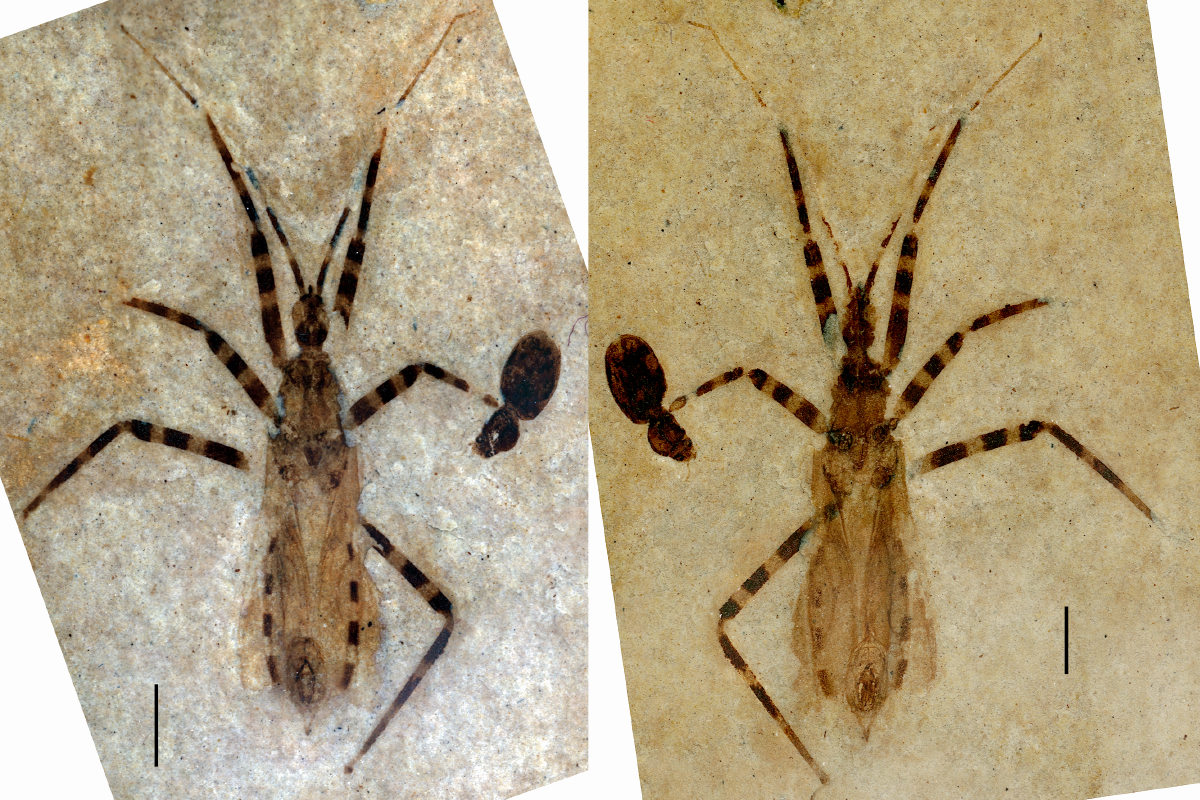
The fossilized insect is tiny and its genital capsule, called a pygophore, is roughly the length of a grain of rice. It is remarkable, scientists say, because the bug’s physical characteristics – from the bold banding pattern on its legs to the internal features of its genitalia – are clearly visible and well-preserved. Recovered from the Green River Formation in present-day Colorado, the fossil represents a new genus and species of predatory insects known as assassin bugs.
The find is reported in the journal Papers in Palaeontology.
Discovered in 2006 by breaking open a slab of rock, the fossilized bug split almost perfectly from head to abdomen. The fracture also cracked the pygophore in two. A fossil dealer later sold each half to a different collector, and the researchers tracked them down and reunited them for this study.
“Being able to see a bug’s genitalia is very helpful when trying to determine a fossil insect’s place in its family tree,” said Sam Heads, a paleontologist at the Illinois Natural History Survey who led the research with Daniel Swanson, a graduate student in entomology at the University of Illinois Urbana-Champaign.
Cariad Williams, paleontology PhD student
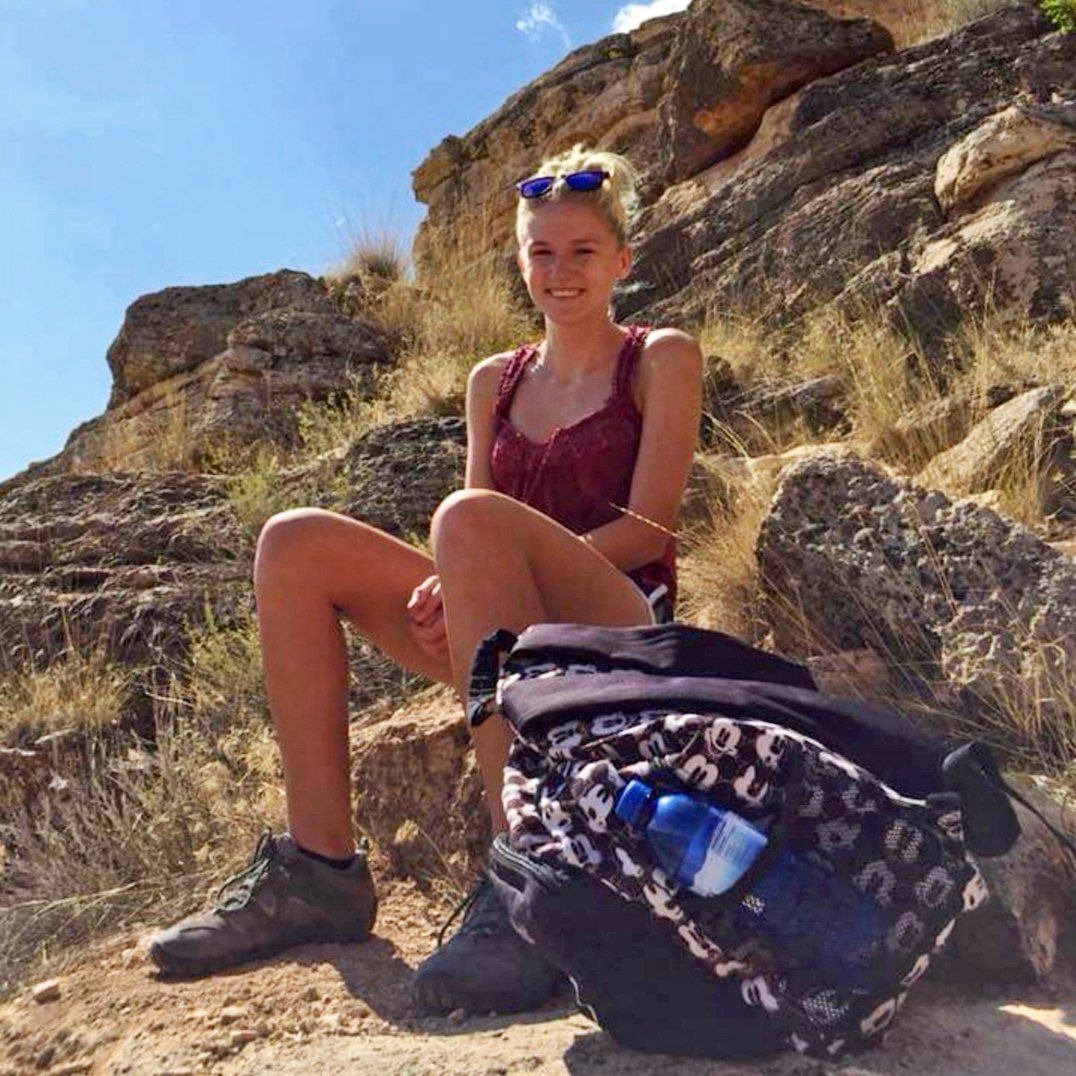
Cariad Williams is pursuing a PhD in entomology at the University of Illinois and is advised by paleontology curator Sam Heads. Read more about her research interests and her path to studying paleontology in this short profile.
National Science Foundation awards more than $480,000 to amber preservation project
The National Science Foundation (NSF) has awarded more than $480,000 to a Prairie Research Institute (PRI) project to preserve and digitize an extensive collection of Dominican amber that is in danger of deterioration without proper curation and care. The plants, arthropods, and vertebrates captured in the amber provide insights into life 16-18 million years ago, during the Early Miocene epoch.
The Milton Sanderson Dominican Amber Collection is the oldest and perhaps largest collection of Early Miocene Dominican amber in the world, consisting of approximately 140,000 pieces collected in 1959 by Illinois Natural History Survey entomologist Milton Sanderson.
“In addition to its sheer size, the Sanderson collection is notable because it’s unbiased,” said project principal investigator Sam Heads, curator and lead paleontologist for the PRI Center for Paleontology. “All other major amber collections are ‘cherry-picked,’ but this amber was collected in bulk from a single locality. Because of this, the collection can provide us with an invaluable snapshot of the biodiversity and ecology of the Dominican amber forest.”
The NSF funding will allow Heads and collection manager Jared Thomas to undertake the urgently needed conservation and curation of the collection. Rediscovered in 2011, the collection had been stored for decades in steel buckets, and during that time it was subjected to temperature and humidity fluctuations. The amber is now extremely fragile, prone to shattering and crumbling.
Researchers describe new extinct fossil grasshopper
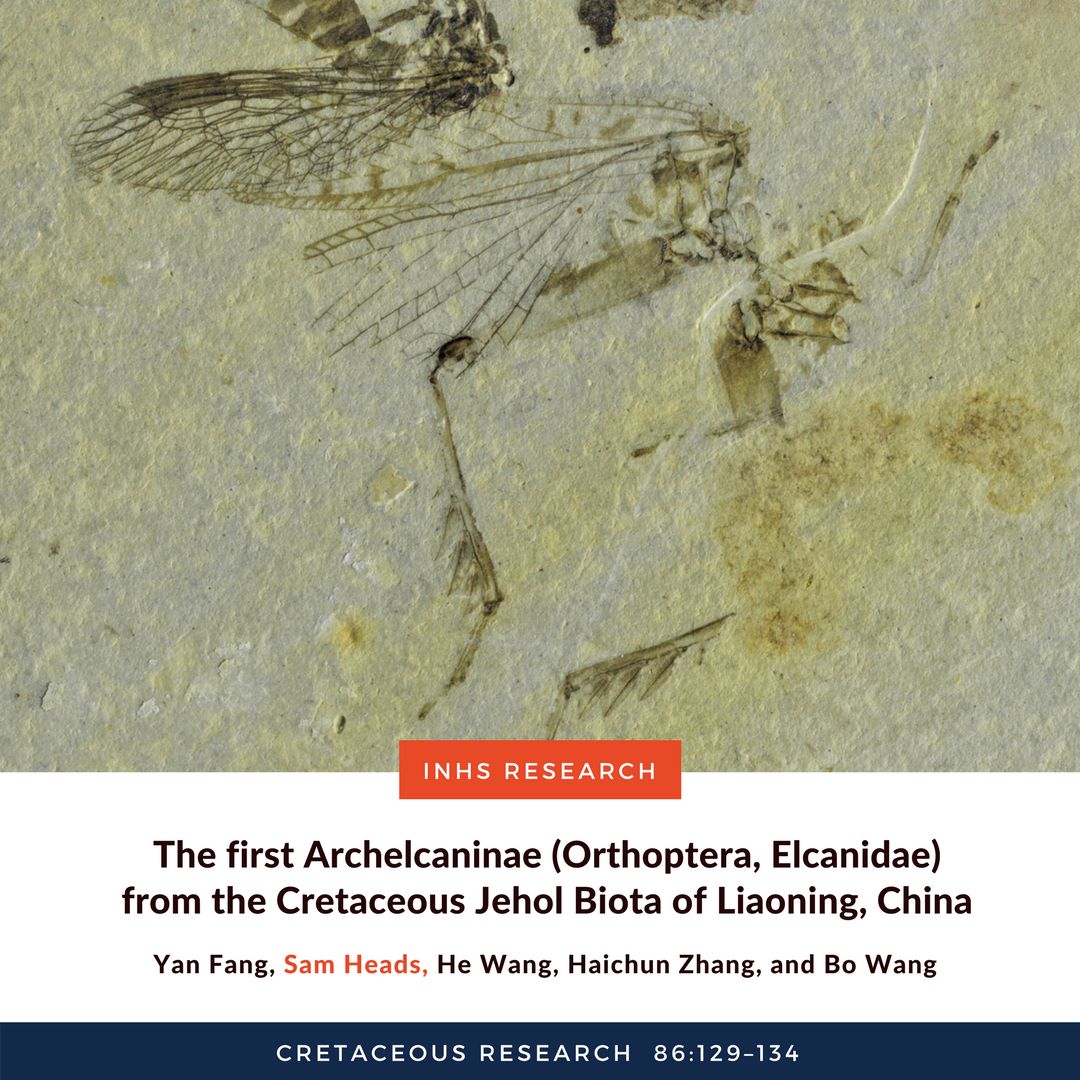
Nanjing Institute of Geology and Palaeontology and paleontology curator Sam Heads described a new genus and species of fossil grasshopper of the extinct family Elcanidae, from the Cretaceous of China. Check out those leaf-like metatibial spurs! View the paper’s abstract here.
Researchers describe new fossil leafhoppers
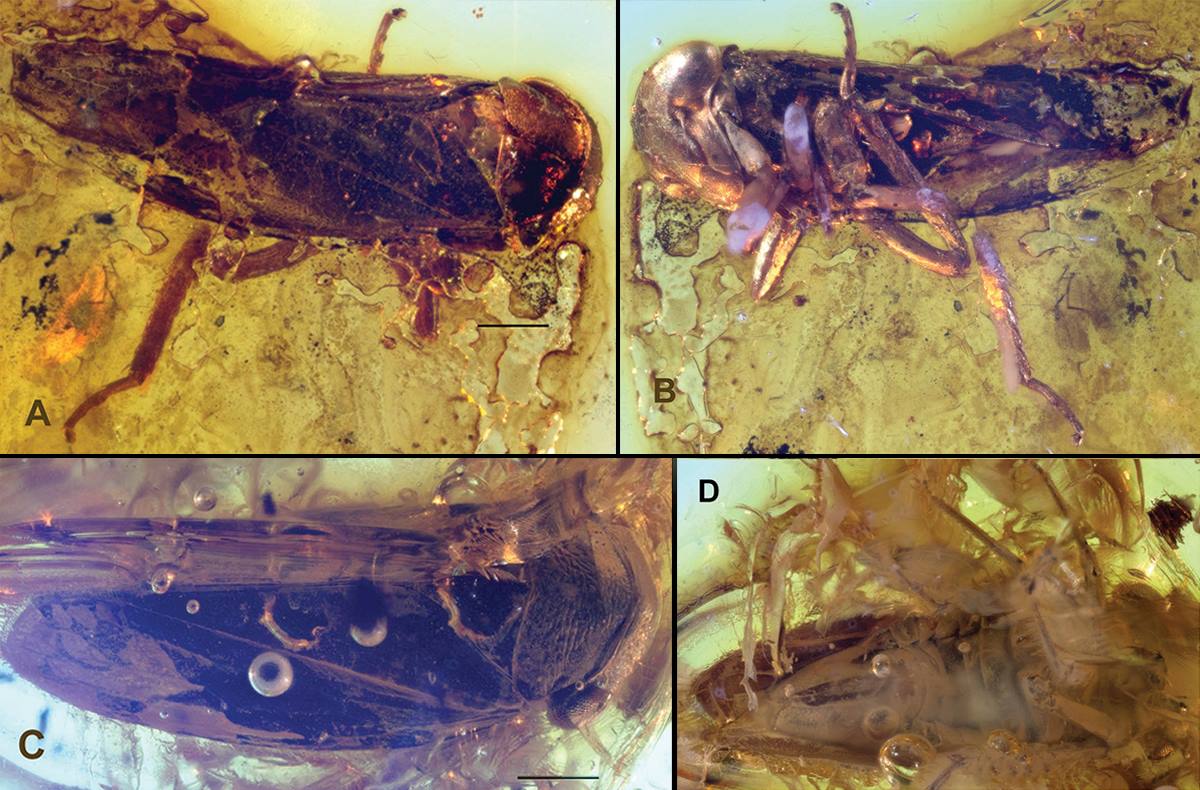
INHS researchers Chris Dietrich and Michael Jared Thomas have described two new extinct fossil leafhoppers—Eoidiocerus emarginatus and Archipedionis obscurus—embedded in 37–44 million-year-old Baltic amber. Both fossils are part of the PRI Paleontology Collection. Read the full paper here: https://zookeys.pensoft.net/articles.php?id=21976
Researchers describe new Crato Formation insects
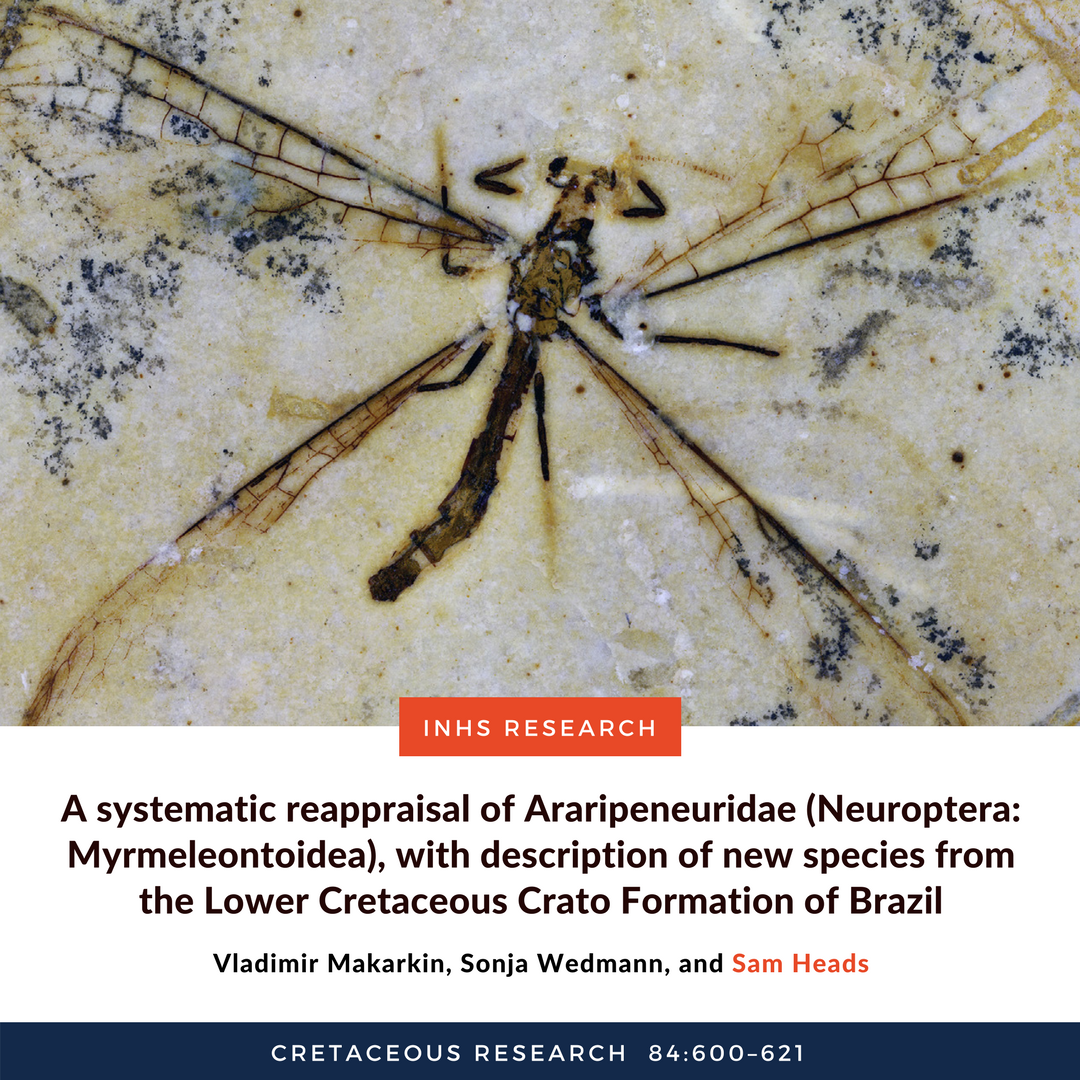
Check out this new paper by Vladimir Makarkin, Sonja Wedmann, and PRI Paleontology Collection curator Sam Heads: A systematic reappraisal of Araripeneuridae (Neuroptera: Myrmeleontoidea), with description of new species from the Lower Cretaceous Crato Formation of Brazil: http://ow.ly/iQvP30ikJ2M.
Visit from retired ISGS palynologist
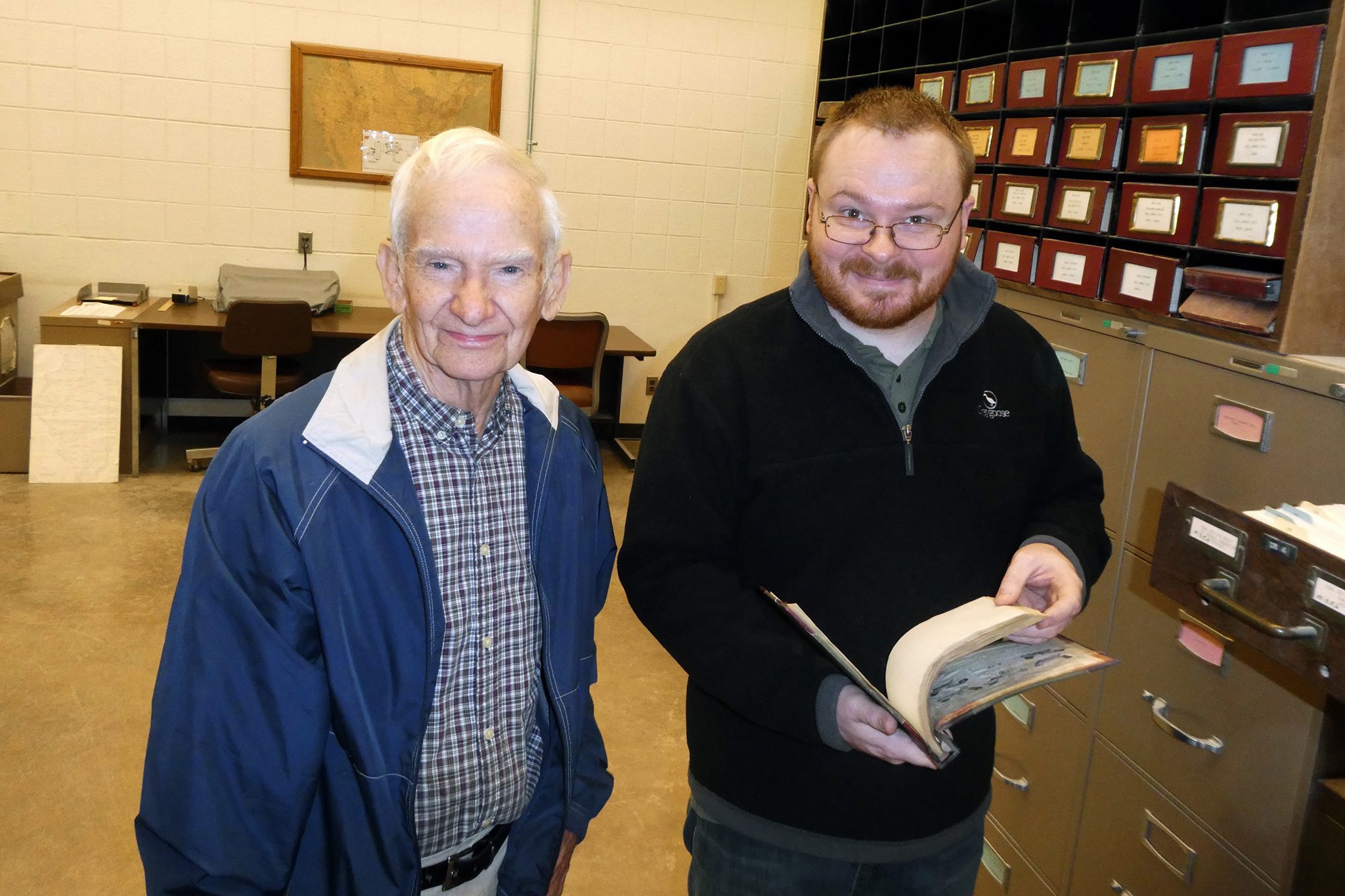
We had a special visitor at the PRI Paleo Collection last week—Dr. Russ Peppers, a retired researcher from the Illinois State Geological Survey that specialized in the study of fossil pollen and spores.
Researchers describe new species of lacewing
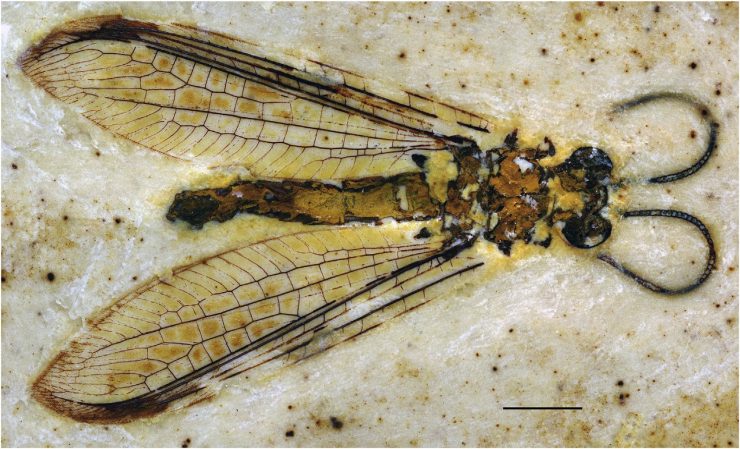
Today we bring you a newly described species of lacewing: Parababinskaia elegans gen. et sp. nov. from the late Aptian Crato Formation of Brazil. The holotype specimen—housed in the INHS Paleontology Collection—was described by Vladimir Makarkin, Sam Heads (INHS), and Sonja Wedmann in a recent issue of the journal Cretaceous Research.
Scientists find world’s oldest fossil mushroom
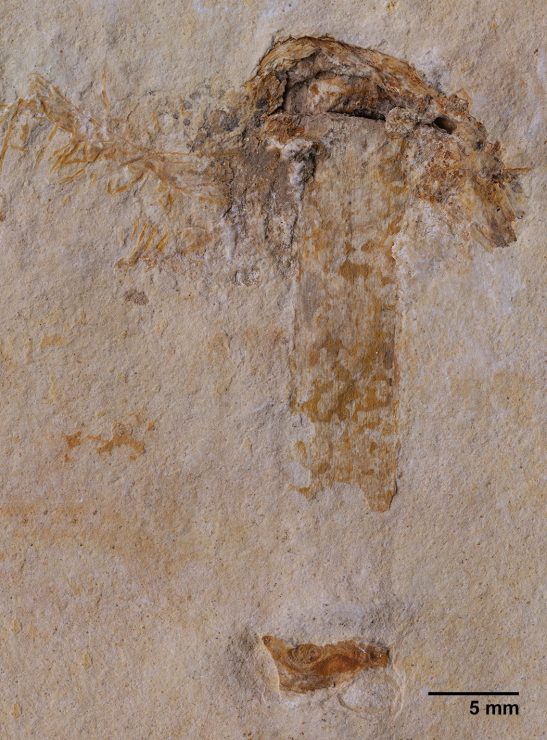
Roughly 115 million years ago, when the ancient supercontinent Gondwana was breaking apart, a mushroom fell into a river and began an improbable journey. Its ultimate fate as a mineralized fossil preserved in limestone in northeast Brazil makes it a scientific wonder, INHS scientists report in the journal PLOS ONE. Read the press release on this important find here.

